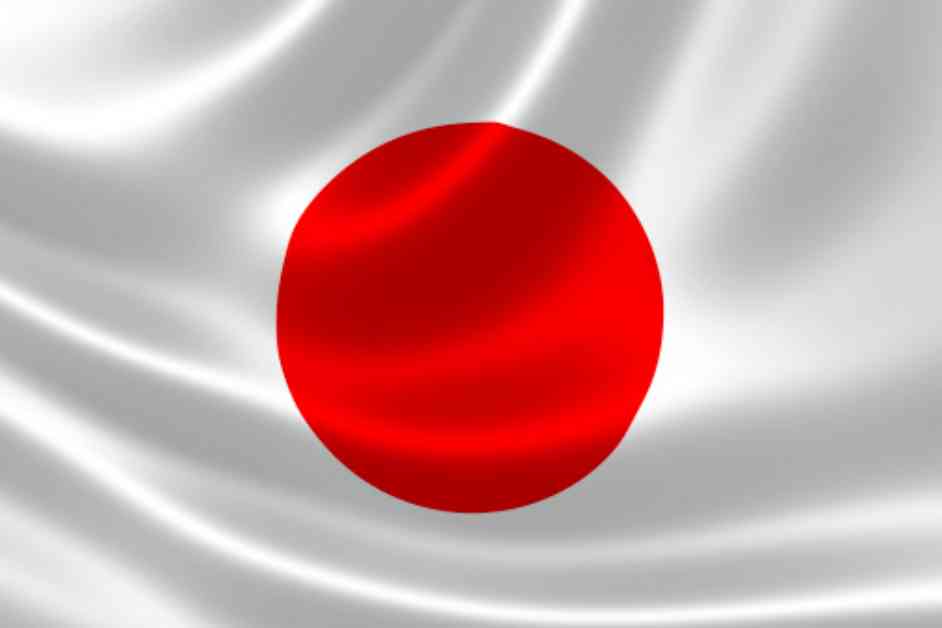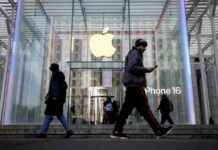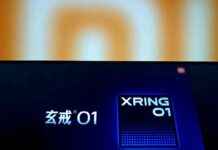Japan’s core consumer price index (CPI) excluding food prices increased by 2.5% year-on-year in May, which is slightly lower than the expected 2.6%. This is the 26th consecutive month that core inflation has exceeded the Bank of Japan’s 2% target. The rise in core CPI was mainly driven by a significant 14.7% year-on-year increase in electricity prices.
On the other hand, the core-core CPI, which excludes both food and energy prices, slowed down from 2.4% year-on-year to 2.1% year-on-year. Additionally, the inflation rate for services decreased from 2.5% year-on-year to 2.2% year-on-year. The headline CPI also increased from 2.5% to 2.8% year-on-year, marking its ninth consecutive month of slowing down and reaching its lowest level since September 2022.
The Governor of the Bank of Japan, Kazuo Ueda, has mentioned the possibility of a rate hike in July. However, the recent report indicates that the increase in inflation is primarily due to cost-push factors like higher electricity prices rather than an increase in demand. This might not be a strong enough reason for the Bank of Japan to go ahead with a rate hike at this point.
It is essential for the Bank of Japan to carefully consider all factors before making a decision on a rate hike. While the increase in core CPI is a positive sign, the slowdown in core-core CPI and services inflation could indicate potential weaknesses in the overall economy. Additionally, the fact that headline CPI is decelerating and has reached its lowest level in almost a year raises concerns about the pace of economic recovery.
Overall, the latest CPI data highlights the complex nature of inflation in Japan and the challenges faced by policymakers in balancing economic growth with price stability. It will be interesting to see how the Bank of Japan responds to these developments in the coming months and whether a rate hike will indeed be on the table in July.

















